理解和应用基本文本结构思维导图

阅读策略,写作申请等内容讲解
树图思维导图提供 理解和应用基本文本结构 在线思维导图免费制作,点击“编辑”按钮,可对 理解和应用基本文本结构 进行在线思维导图编辑,本思维导图属于思维导图模板主题,文件编号是:5ad13055dc569d68621f3cb897f7d001
思维导图大纲
Understanding and Applying Basic Text Structure思维导图模板大纲
Writing Application
1. Plan Your Main Topic or Thesis
Clearly state your main argument or purpose in 1-2 sentences.
Ensure it's specific and debatable (for argumentative essays) or clear and focused (for expository essays).
2. Develop Strong Supporting Points
Create 3-5 main points that directly support your thesis.
Arrange them in a logical order (e.g., most to least important, chronological).
Write a clear topic sentence for each point.
3. Provide Robust Evidence
Include at least 2-3 pieces of evidence for each supporting point.
Mix different types: statistics, expert opinions, examples, analogies.
Explain how each piece of evidence supports your point.
4. Choose an Appropriate Organizational Pattern
Select a pattern that best fits your topic and purpose:
• Chronological for historical or process essays
• Cause and Effect for analytical essays
• Compare and Contrast for evaluation essays
Problem and Solution for persuasive essays
5. Use Effective Transitions
Begin each paragraph with a transition that links it to the previous one.
Use transitional phrases within paragraphs to connect ideas.
Ensure smooth flow between sentences and paragraphs.
6. Craft a Strong Conclusion
Restate your thesis in a new way.
Briefly summarize your main points.
End with a thought-provoking statement or call to action.
Reading Strategies
1. Identify the Main Topic or Thesis
Scan the first paragraph, especially the last 1-2 sentences.
Look for clear statements that outline the author's main argument or purpose.
Ask yourself: "What is the author trying to prove or explain?"
2. Locate Supporting Points
Read the first sentence of each body paragraph (topic sentences).
Identify how each point relates to the main thesis.
Create a simple outline: Thesis → Point 1 → Point 2 → Point 3
3. Analyze Evidence and Examples
Within each paragraph, look for:
• Facts and statistics (often with numbers or percentages)
• Quotes from experts or primary sources
• Specific examples or case studies
Consider how each piece of evidence supports its corresponding point.
4. Recognize Organizational Patterns
Chronological: Look for time-related words (e.g., first, next, finally)
Cause and Effect: Watch for words like "because," "therefore," "as a result"
Compare and Contrast: Notice "similarly," "in contrast," "on the other hand"
Problem and Solution: Identify a clearly stated problem and proposed solutions
5. Follow Transitions
Pay attention to words and phrases that link ideas between sentences and paragraphs.
Notice how transitions signal relationships between ideas (e.g., addition, contrast, sequence).
6. Evaluate the Conclusion
Look for a restatement of the main thesis, often worded differently.
Check if all main points are briefly summarized.
Consider any final thoughts, implications, or calls to action.
相关思维导图模板
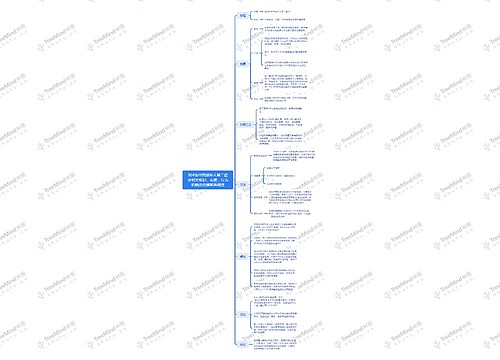

树图思维导图提供 904名中国成年人第三磨牙相关知识、态度、行为和病史的横断面调查 在线思维导图免费制作,点击“编辑”按钮,可对 904名中国成年人第三磨牙相关知识、态度、行为和病史的横断面调查 进行在线思维导图编辑,本思维导图属于思维导图模板主题,文件编号是:10b9a8a2dd2fb4593f8130ef16c320fc
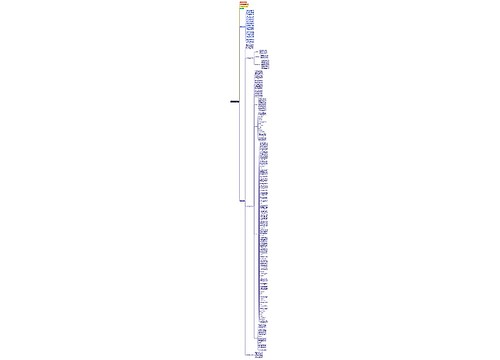

树图思维导图提供 第1章 化工设计基本知识 在线思维导图免费制作,点击“编辑”按钮,可对 第1章 化工设计基本知识 进行在线思维导图编辑,本思维导图属于思维导图模板主题,文件编号是:70ec0519ed26419068a32a511862aadd


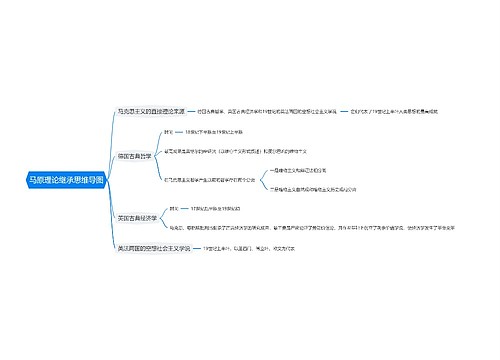
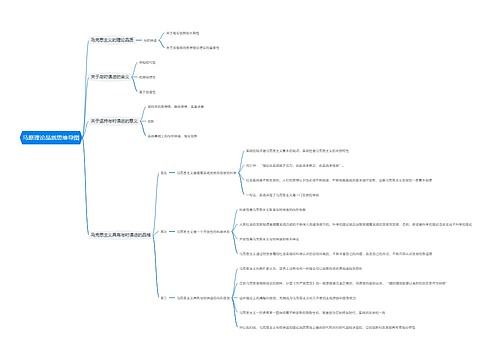
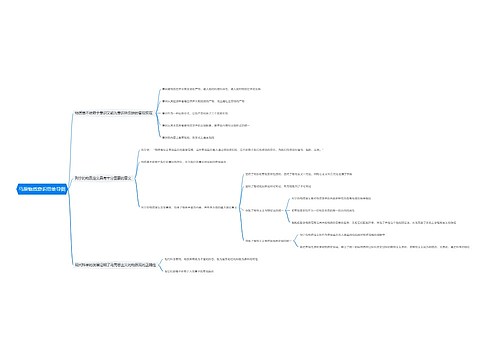
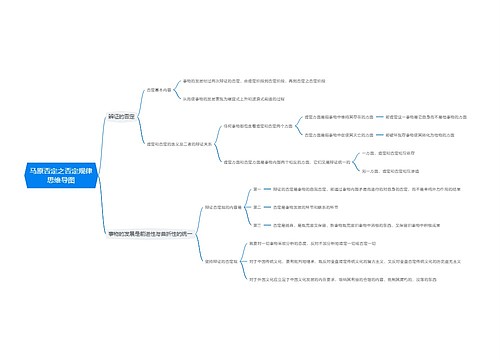

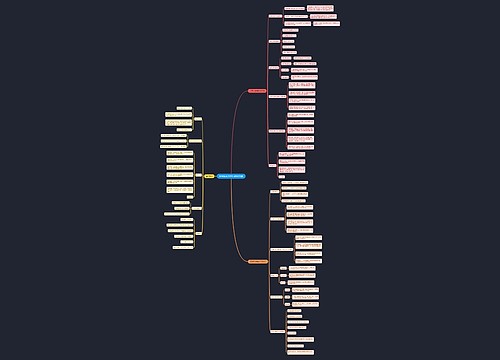
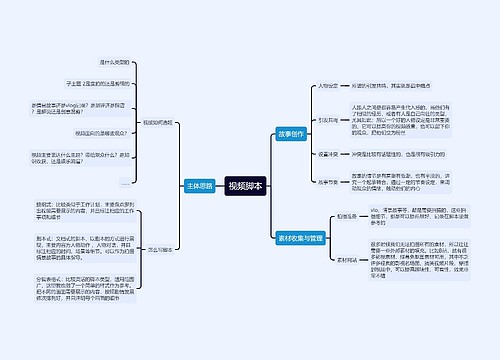
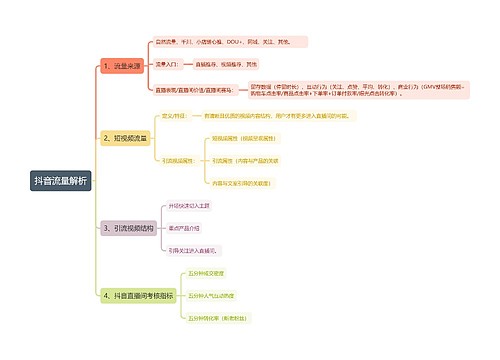

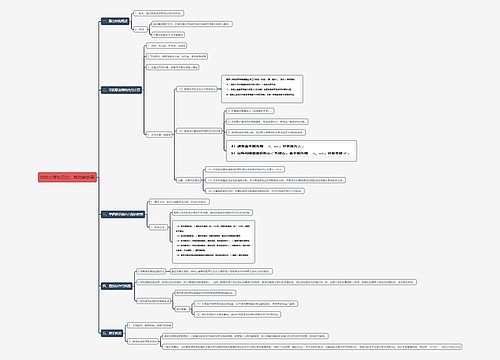

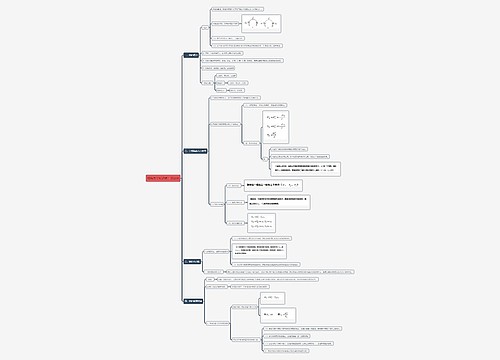


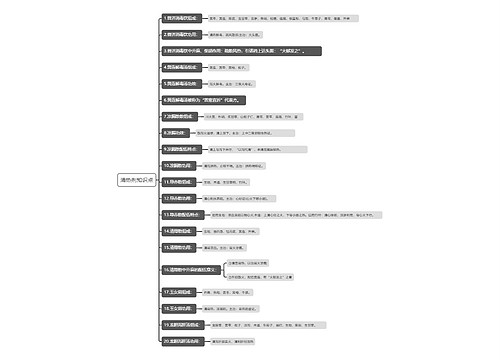
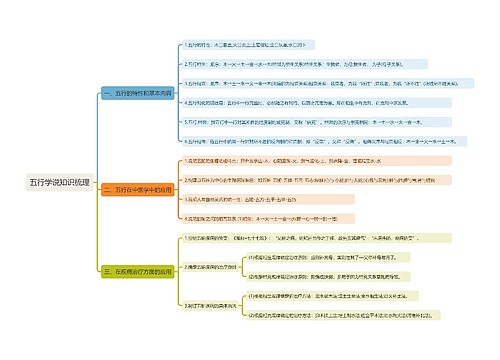


 上海工商
上海工商